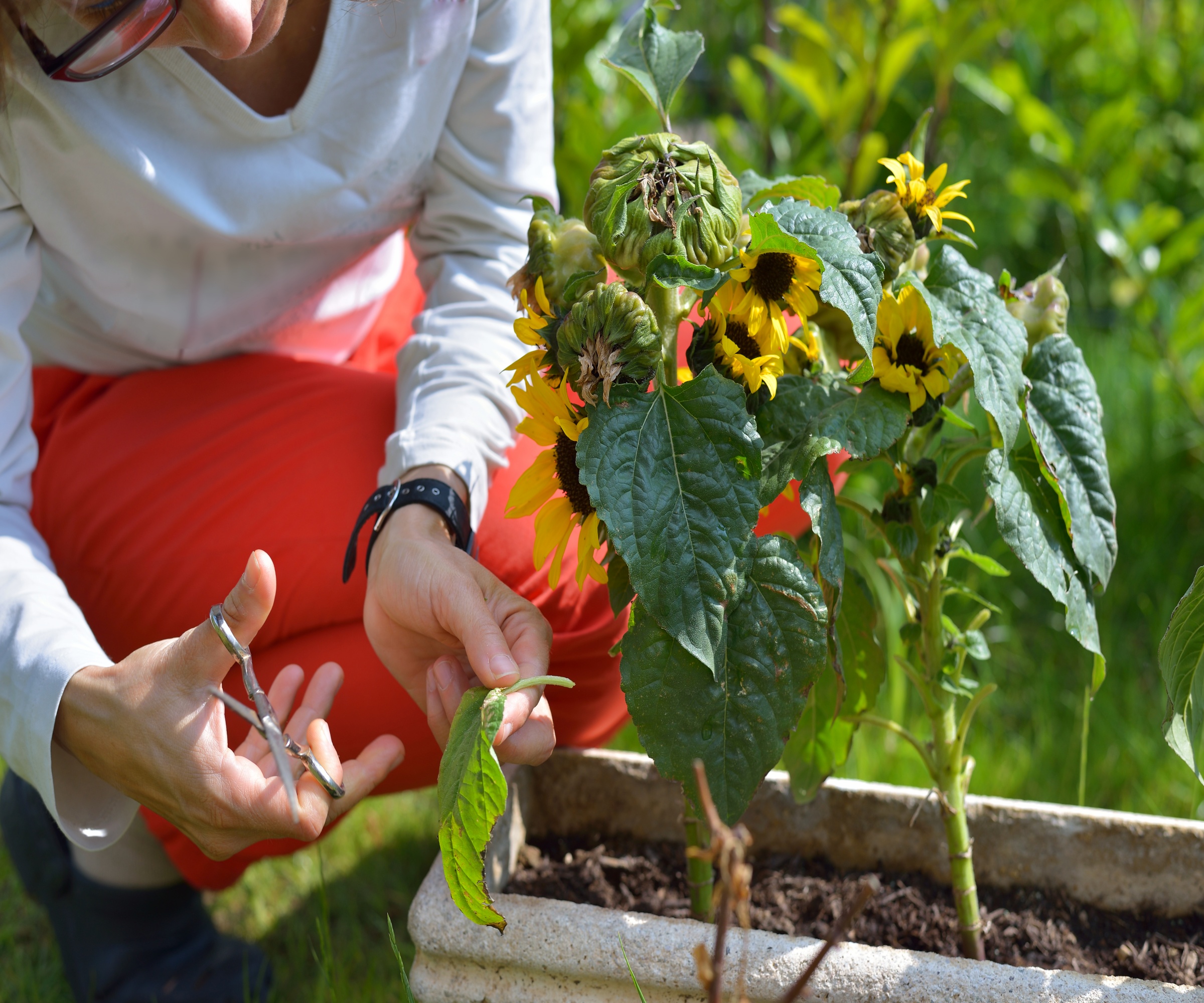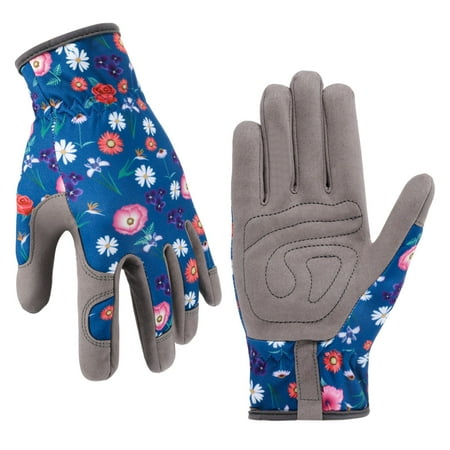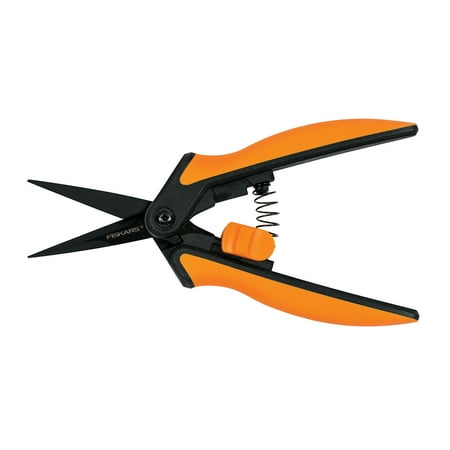How to prune sunflowers – expert advice for brilliant blooms and healthy plants
Learning how to prune sunflowers need not be complicated. Follow our guide to keep your sunflowers blooming all summer long


The word ‘sunflower’ immediately conjures up the image of a host of large golden flowers standing tall against a clear blue sky. All of us will have childhood memories of sowing sunflower seeds or seeing these mighty yellow blooms towering up in the sky.
Sunflowers, however, are now available in a wide range of colors, from deep red through to pale green, and there are perennial varieties as well as annuals to try. The 'Italian White' variety, for example, is a popular type that is muted yellow, looking particularly impactful as an accent in colorful flower borders.
While you might know how to grow sunflowers to make them stand tall in the yard, often considered one of the easiest flowers to grow from seed, learning how to prune sunflowers correctly will keep them looking their best all summer and into the fall. Here, we have all the information you need.

Annual sunflowers are easy to grow and bring height to garden borders
How to prune sunflowers
There are two types of sunflowers, annuals and perennials, and you can either grow them from seed or buy young plants.
Annual sunflowers are usually grown from seed and last for just one summer, making them one of the best rental property plants to grow. They are often thought of as the ‘traditional’ sunflower, with one giant yellow flower on top of a sturdy stem. They are usually pruned right back in the fall.
Perennial sunflowers, which come back year after year, are usually smaller and multi-headed. By deadheading and pruning correctly, you can make sure that these plants have a long, healthy flowering season, and return next year.
The tools you need

You should always use sharp, clean pruners and wear protective gloves when pruning sunflowers
All you need to cut back your sunflowers is a pair of sharp, clean pruning shears, like these best-selling rust-resistant Fiskars shears, available from Amazon.
Design expertise in your inbox – from inspiring decorating ideas and beautiful celebrity homes to practical gardening advice and shopping round-ups.
It is also a good idea to wear gardening gloves to protect your hands and wrists from the irritating hairs that grow on sunflower leaves and stems. I like these CoolJob gloves, available from Amazon, which have a good grip and are coated with breathable rubber which helps to stop hands becoming sweaty and irritated.
Your secateurs must be sharp and clean, so take time to care for and maintain your tools. Blunt blades will crush and damage the stem, and dirty ones can spread diseases. I always disinfect secateurs after pruning, to remove any sticky sap or insects that have collected on the blades.
How to prune annual sunflowers

Prune annual sunflowers to the ground in the fall
Annual sunflowers are easy to care for and are a fun plant to grow if you are gardening with children.
They are also excellent plants for adding height to your backyard, with tall blooms reaching impressive heights. What's more, these plants are suitable if you are seeking wildlife garden ideas, as they are great for pollinators and wild birds who feed on the sunflower seed.
All you need to do is remove any dead or browning leaves when you see them but leave the main stem and flower alone.
If you want one large flower at the top of a tall stem, also remove any other flower shoots and buds appearing further down so that the plant puts all its energy into growing one tall flower.
In the fall, when the flowers are fading, cut the stem right back to the ground and add the green waste to your composter to rot down into homemade compost. Before you do this, however, make sure you collect the seeds to feed garden birds or save for sowing next year.
How to prune perennial sunflowers

Deadhead perennial sunflowers regularly, removing dead, damaged and diseased plant material
Perennial sunflowers often have multi-flowering stems, meaning each stem will produce lots of flowers. They need regular deadheading and cutting back like any other repeat-flowering plant to keep them blooming and healthy. This will prevent the stems from getting too long and weak, which can be a risk during windy weather.
Start by removing any browning or dying stems so the plant channels its resources toward healthy new growth. Then, remove faded flowers as this will encourage the plant to produce more buds. Snip them off about an inch down the stem, or just above a leaf node.
Use this time to trim your sunflower into the shape you prefer. You might want a natural and free-flowing look or want to keep plants looking tidy and clipped.
In the fall when all the flowers have faded, prune your perennial sunflowers back to the ground. Many varieties are hardy and will survive winter if you spread a generous layer of mulch over the borders where they are planted. Avoid covering the crown, however, as the damp mulch may cause the plant to rot.
FAQs
How soon should I start pruning sunflowers?
The only pruning you may need to do for annual sunflowers is to remove any side shoots if you want to grow a tall single-flowered plant.
When perennial varieties of sunflowers start growing in spring, pinching out the soft tips at the end of each stem will encourage your sunflowers to produce more side shoots and flowers. Pinching out is a simple form of pruning, but never pinch out the later buds as this will reduce the number of flowers on the plant.
Start pruning and deadheading your perennial sunflowers when the first flowers begin to fade, helping to keep your plants looking tidy and healthy.
Storms have battered my sunflowers, what now?
First, assess the damage. If you are growing tall, annual sunflowers and they have been securely staked, they should be able to withstand some stormy weather.
If the stems are damaged or have snapped, then you need to cut these down. If it is early enough in the season, you may be lucky and some secondary shoots will emerge from the soil, though they probably won’t be as tall or large as the original.
If your perennial sunflowers have been badly storm-hit, remove and compost the damaged material. New shoots and buds should soon emerge.
Should I feed and water my sunflowers after pruning?
Feeding and watering your sunflowers correctly during the growing season and after pruning will keep them healthy, strong and blooming.
Use a potassium-rich tomato fertilizer like organic fertilizer, available from Amazon, which will help to increase the production of flowers.
All varieties of sunflowers are generally easy to grow and make for eye-catching border plants. Dwarf varieties can be included in your summer containers, and they are also excellent cutting garden plants, lasting a long time in the vase.
Don’t forget that with annual sunflowers, you have the option in the fall to leave them standing so that garden birds can feast on the seeds to help them through the cold winter months.

Ruth is a Contributing Editor for Homes & Gardens, and formerly Gardening Editor of Amateur Gardening magazine. She is horticulturally trained, with a qualification from the Royal Horticultural Society. Her work for Amateur Gardening, the world's oldest weekly gardening publication, involved matching gardening tasks with each season, covering everything from sowing and planting, to pruning, taking cuttings, dealing with pests and diseases and keeping houseplants healthy. She is an expert in ornamental plants and edible crops, and everything she writes about and photographs is in her own garden, that has been a work in progress since her family moved there in 2012.

